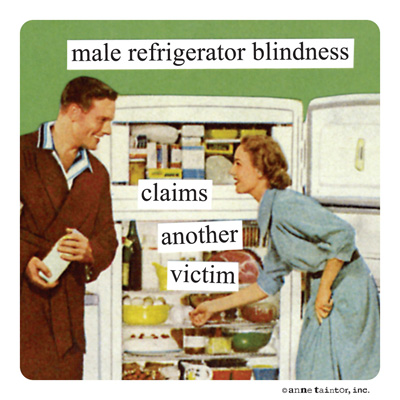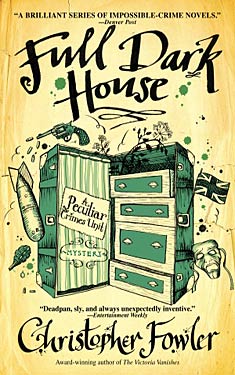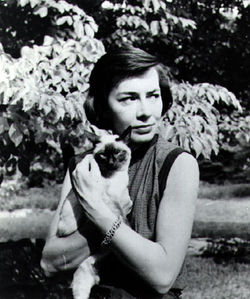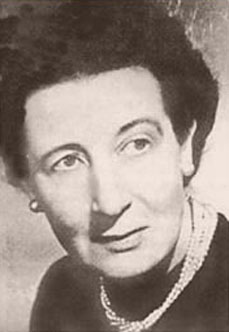 The Material Witnesses don't have the solutions to all of life's problems, but we do have the answers to this Wednesday's quiz about crime fiction writers. So did some of you (your names are in parentheses below).
The Material Witnesses don't have the solutions to all of life's problems, but we do have the answers to this Wednesday's quiz about crime fiction writers. So did some of you (your names are in parentheses below).1. Deborah Crombie is an American who sets her police procedurals featuring Scotland Yard Superintendent Duncan Kincaid and Sergeant Gemma James in London. (Bonnie)
2. Rex Stout's out-sized private detective, Nero Wolfe, and his indispensable assistant, Archie Goodwin, live in a Manhattan brownstone and solve crimes in New York City. (Anonymous)
3. Reginald Hill wrote under his own name and several pseudonyms, but no matter which name he used, his books are first-class. (Bonnie)
4. The police procedural series with Henk Grijpstra, Rinus de Gier, and the Commisaris, set in Amsterdam, is written by Janwillem van de Wetering. (Bonnie)
5. That jaw-droppingly prolific author is John Creasey, who received a Grand Master Award from the Mystery Writers of America in 1969. (Bonnie)
6. Elizabeth Peters is one of the creative Barbara Mertz's pen names, and Barbara Michaels is another. (Bonnie)
7. Louise Penny sets her Three Pines books in Quebec, and they're wonderful. (Anonymous)
8. If you're looking for a series involving a good man who's a Wyoming sheriff, try the Walt Longmire books by Craig Johnson. (Bonnie)
9. Mary Roberts Rinehart's The Circular Staircase was also published as The Bat. (Nikki)
10. Psychological suspense fans shouldn't miss books by Patricia Highsmith, who wrote the Tom Ripley books and Strangers on a Train. (Bonnie)
11. Dorothy L. Sayers is loved by many for her Lord Peter Wimsey books. (Nikki)
12. Georgette Heyers is known for her Regency books as well as her books of mystery fiction. (Bonnie)
13. A book that regularly appears on lists of best mysteries is Josephine Tey's The Daughter of Time. (Bonnie)
14. Hardboiled mysteries fans shouldn't ignore one of noir's best writers, Jim Thompson. (Kev)
15. Nicholas Blake is the pen name of poet Cecil Day-Lewis, whose son is the actor Daniel Day-Lewis.
16. Ngaio Marsh wrote a classic English series involving Scotland Yard's Roderick Alleyn. (Bonnie)
17. Kerry Greenwood has two series featuring women (Phryne Fisher and Corinna Chapman) set in Melbourne, Australia. (Peggie)
18. Christopher Brookmyre's Jack Parlabane is a journalist in Edinburgh, Scotland.
19. Qui Xiaolong was born in Shanghai, China, and Chen Cao is his sleuth in the Shanghai Police Department. (Bonnie)
20. Donald Ray Pollock writes noir, and Joan Hess writes traditional mysteries flavored with humor, set in Arkansas. (Bonnie)
Thanks for playing!













































